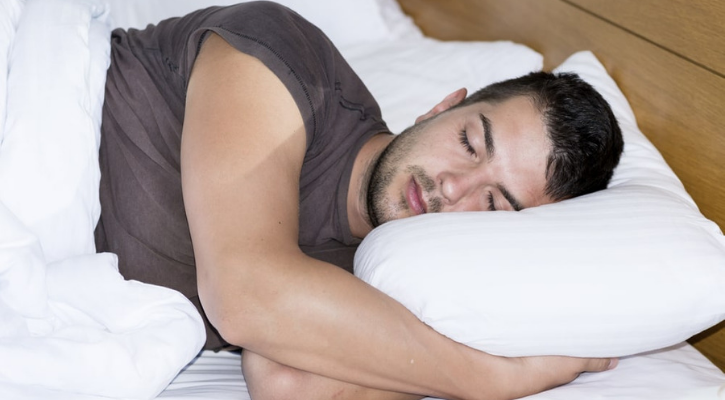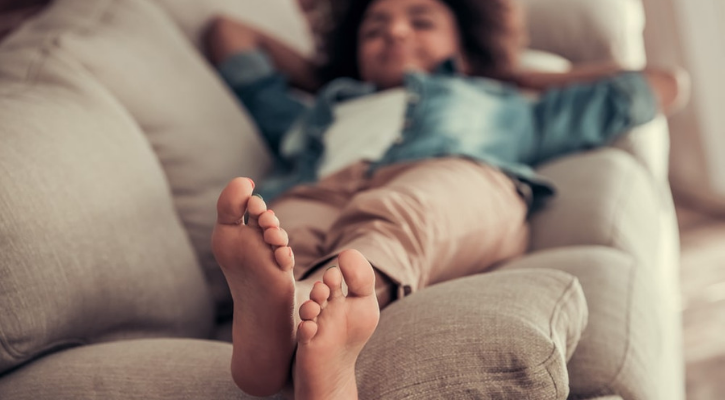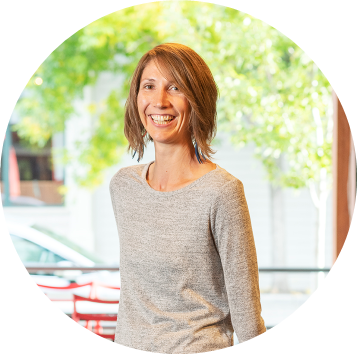Sleep researchers have long classified people as one of three types of sleepers: morning larks, night owls, or neither. Now, new research suggests these aren’t the only categories, adding “afternoon people” and “nappers” to the list of possible sleep chronotypes.
“Variation in the diurnal curve of alertness-sleepiness cannot be fully accounted for [with] just three types — two extreme types and one intermediate (neither) type,” lead study author Arcady Putilov, a neurobiologist at the Institute of Higher Nervous Activity and Neurophysiology of the Russian Academy of Sciences in Moscow, told Mattress Clarity via email.
These findings may have implications for the general population and the field of sleep medicine as a whole.
“The fact that the research suggests that there are more than two chronotypes means that your optimal functioning goes beyond just morning lark or night owl,” Caleb Backe, CPT, a health and wellness expert and a member of the Mattress Clarity Expert Network (who was unaffiliated with the study), told us via email.
Backe says that accurately identifying your sleeping patterns is important for overall functioning, as chronotype behavior is linked with body temperature, blood pressure, and cortisol levels.
“With this in mind, this study is important for medical professionals and laypeople in the sense that we’re not just categorizing people into two groups anymore,” Backe says. “There are other times in the day when people might have optimal sleep-wake cycles beyond morning and evening. Trying to work against this could affect a person’s overall health.”
More Than Two Primary Chronotypes?
Per Putilov, the study was conducted in Brussels and involved more than 1,300 participants. Those participants completed an online questionnaire that focused on their self-perceived changes in alertness and sleepiness during the active part of their sleep-wake cycle.
The goal of the study was to investigate whether there might be more than two primary chronotypes, which are “about predisposition to be most active physically and mentally at a certain time of the day,” Putilov says.
For quite some time, researchers have known that many people fall into the category of “morning lark” or “night owl.” But based on the new study participants’ responses, “we demonstrated that two other extreme chronotypes are not uncommon in the community,” Putilov told us.
All told, respondents reported falling into one of four distinct categories:
- Morning larks reported feeling sleepy in the evening but not in the morning.
- Night owls reported feeling sleepy in the morning but not in the evening.
- “Napper” types reported feeling sleepier in the afternoon compared to the morning and evening.
- “Afternoon” types felt sleepy both in the morning and in the evening.
All four of these chronotypes were reported relatively frequently, suggesting that “afternoon” and “napper” types may be nearly as common as morning larks and night owls.

Boryana Manzurova/Shutterstock
Optimizing Sleep-Wake Schedules
Expanding the number of possible chronotypes might make it easier for people to craft schedules that are ideally suited to their personal energy fluctuations.
“In the case of… a napper, a brief nap in the afternoon might be beneficial for performance and alertness level during the rest of the day,” Putilov told us. In contrast, “[for] an afternooner, neither morning nor evening hours are the best time for intensive mental or physical work.”
Backe concurs. “As with any chronotype, it’s important to honor your body’s natural sleep-wake cycle in order to ensure optimal health,” he says. “With any chronotype, the idea is to work towards your advantage rather than try to go against it.”
Future research might consider whether these new chronotypes are associated with any particular health outcomes. At the moment, Putilov notes that “Health issues associated with these types remain unexplored.”
Featured image: MiniStocker/Shutterstock


